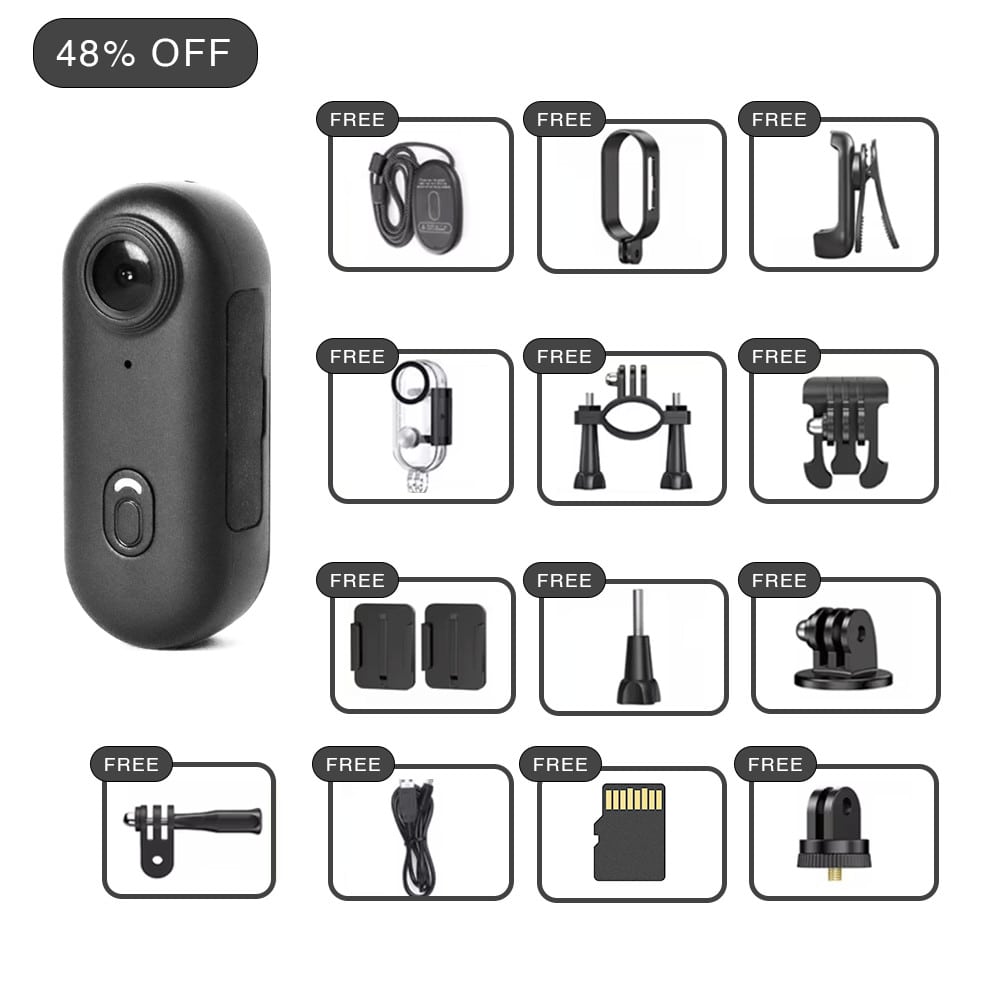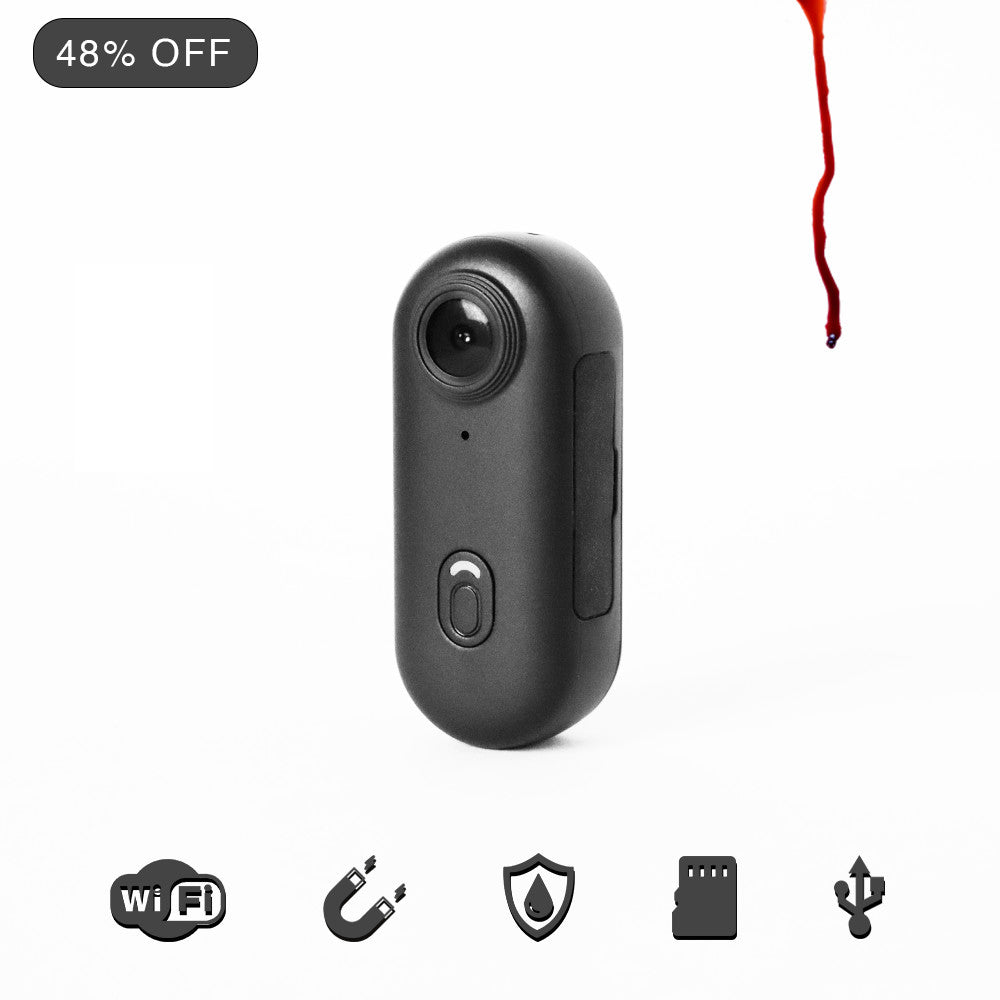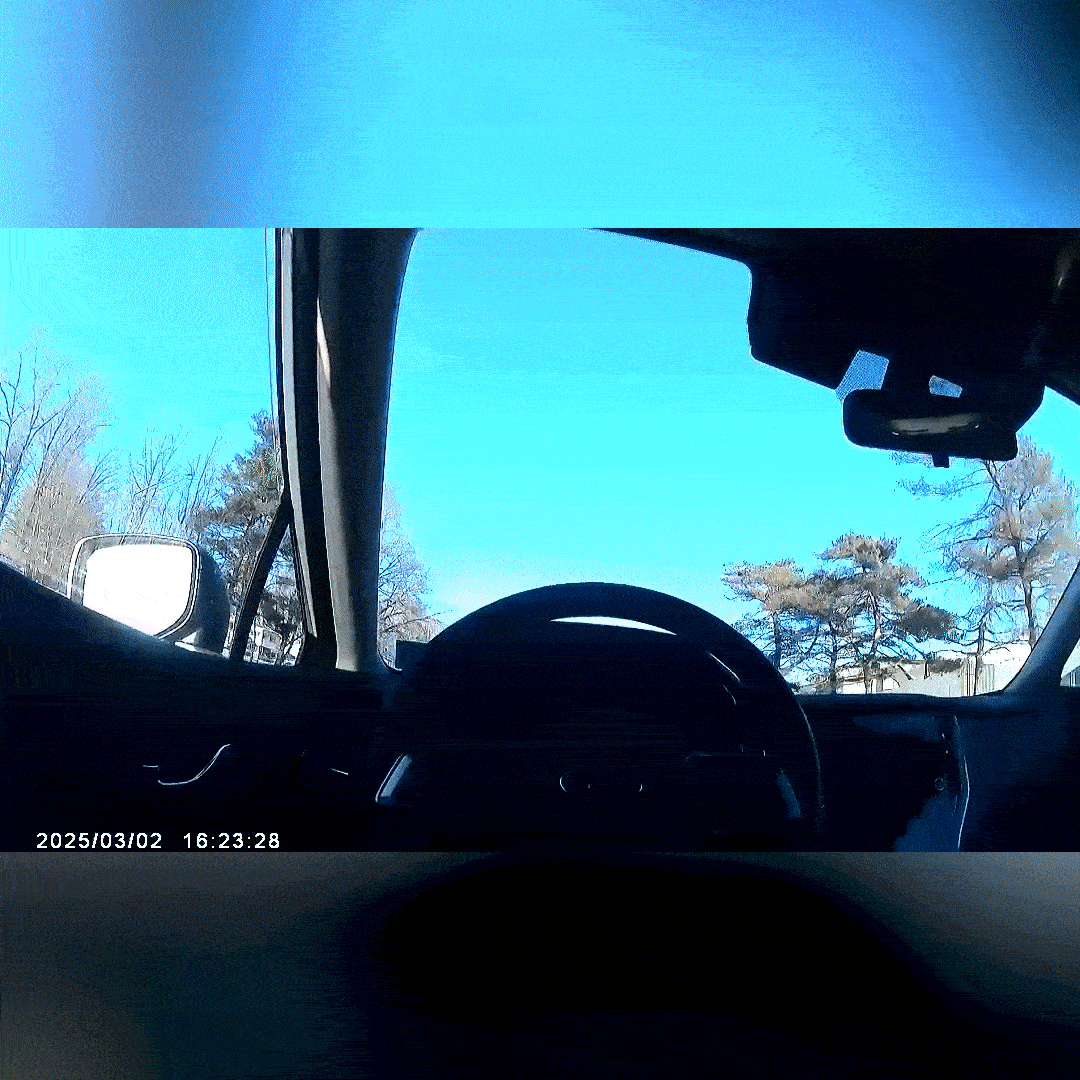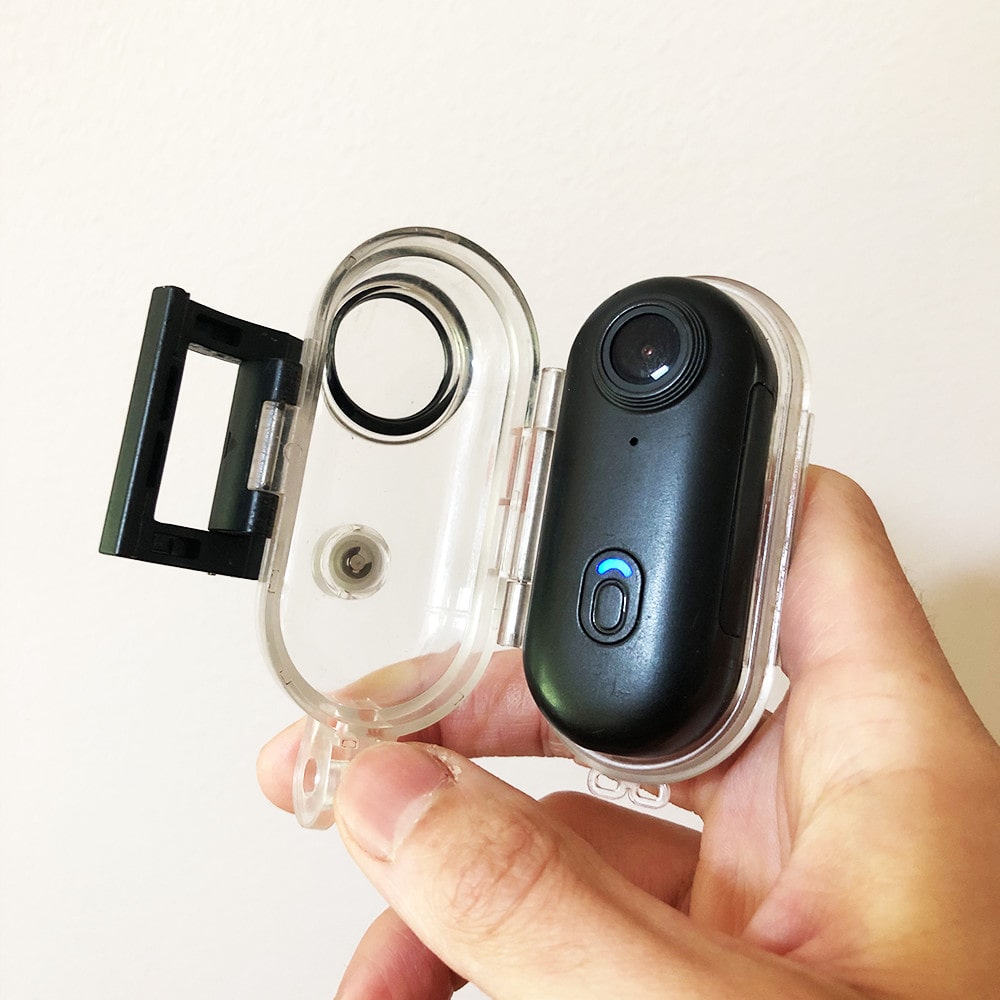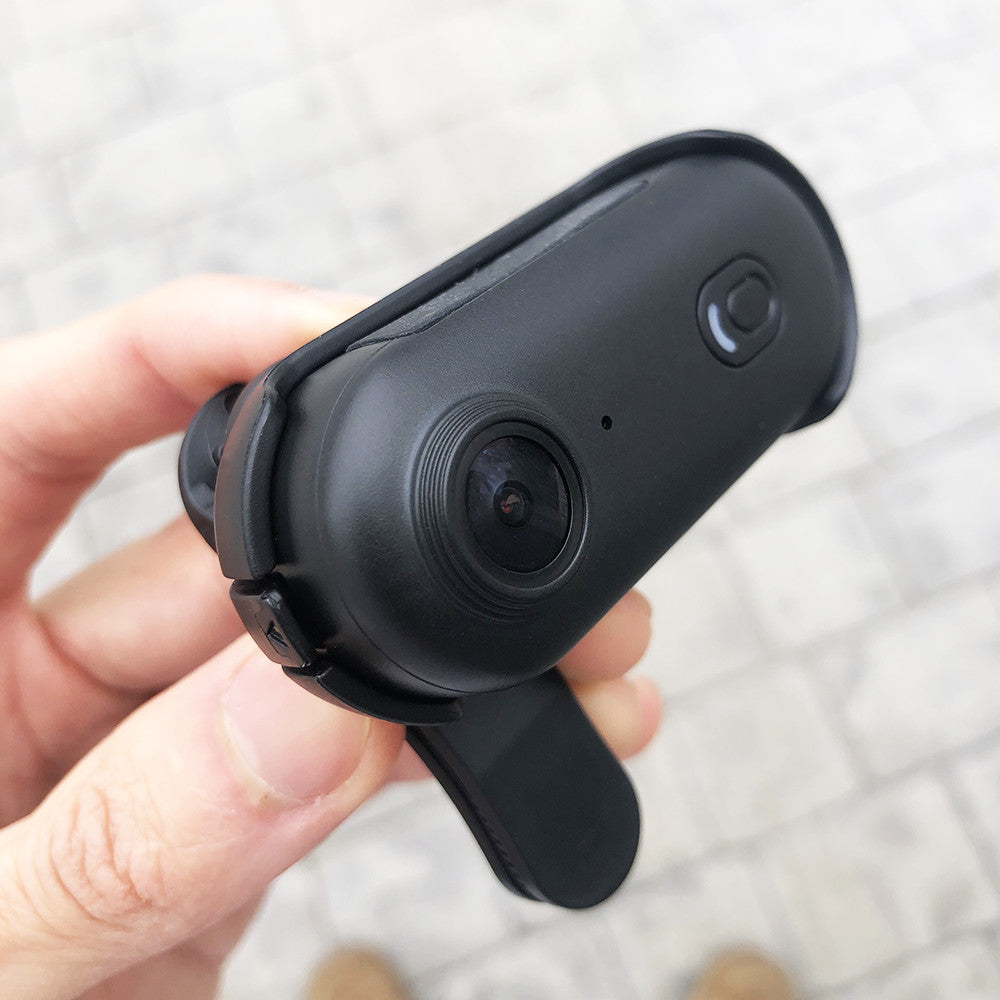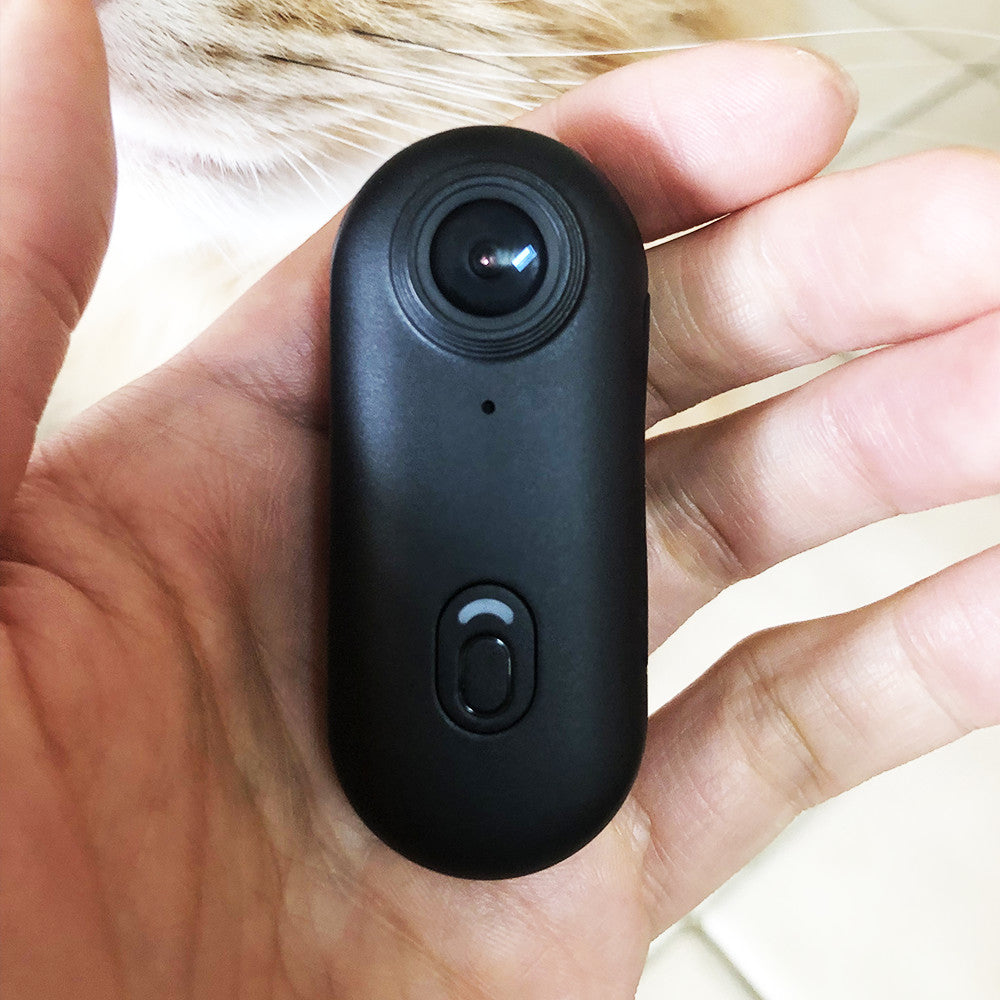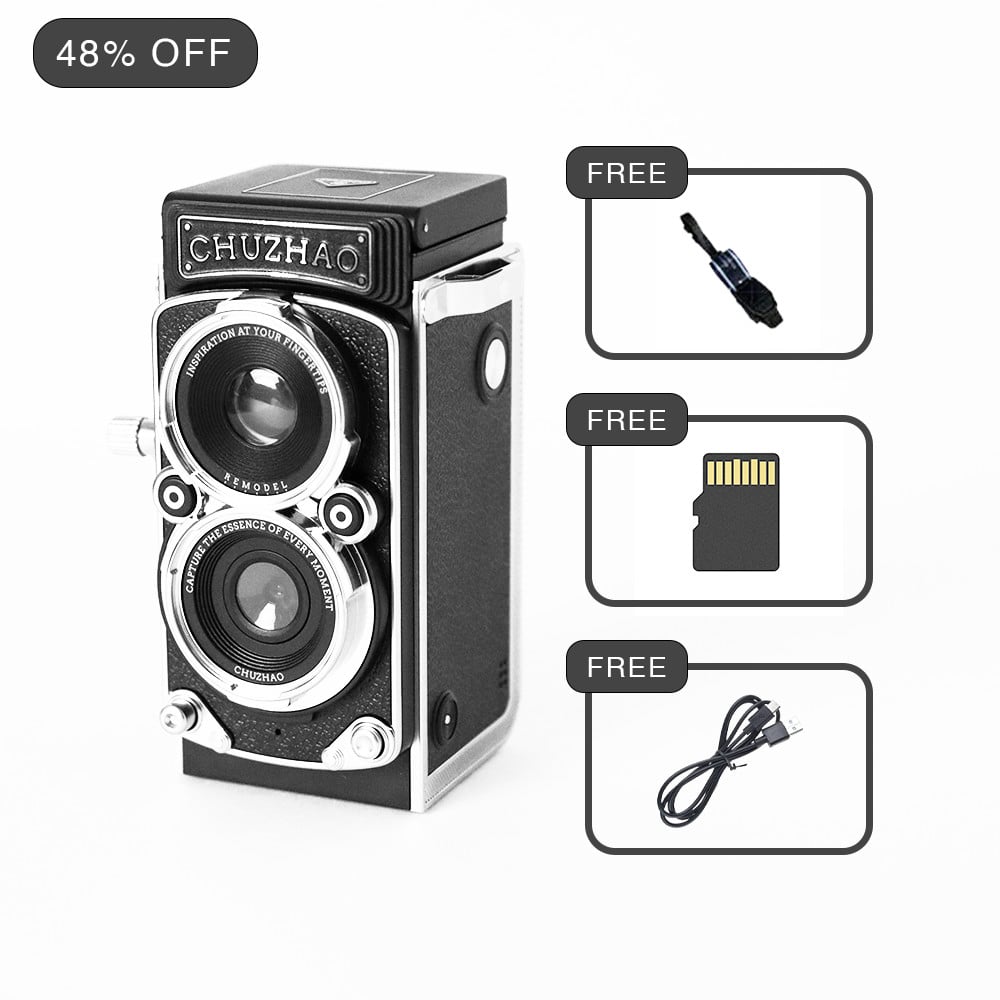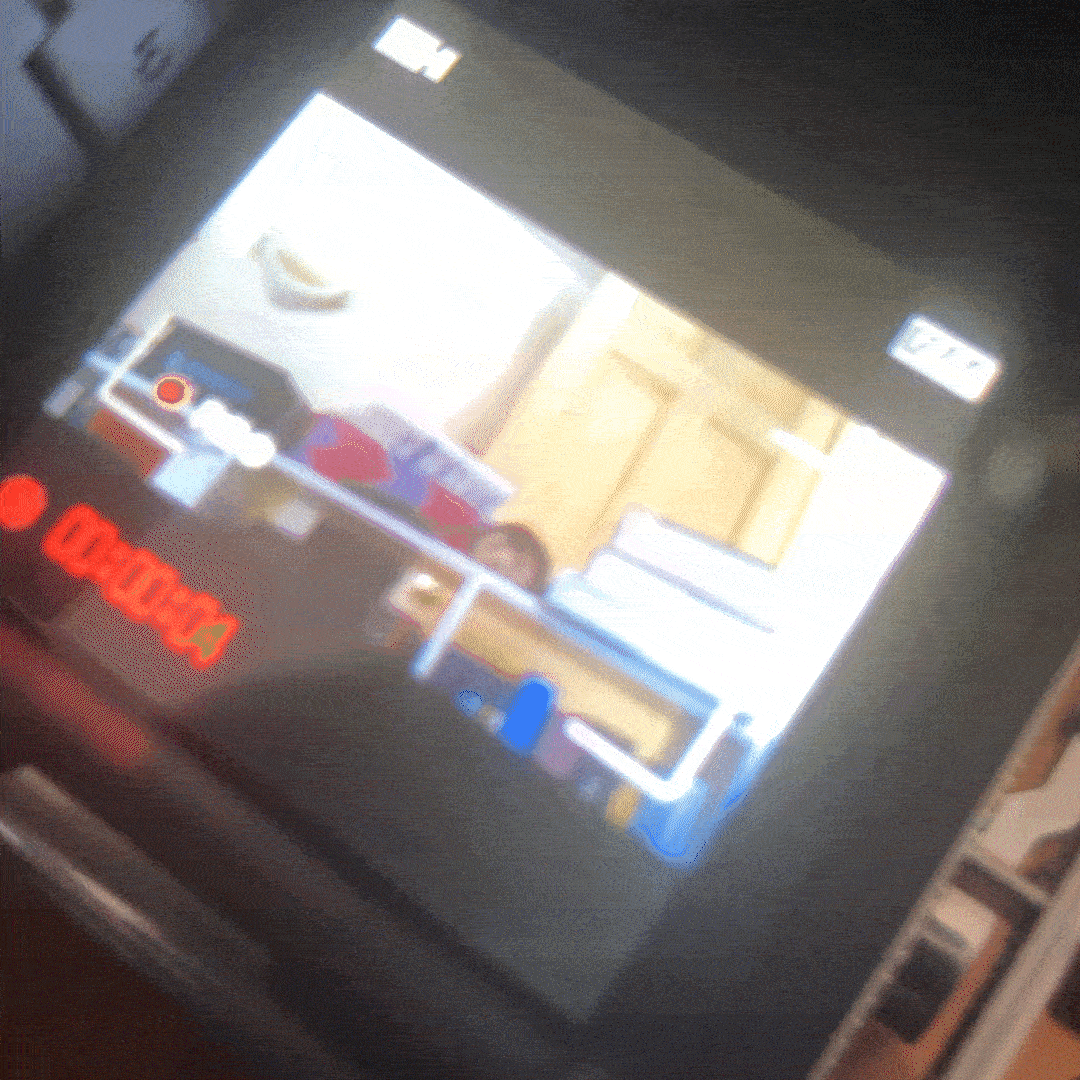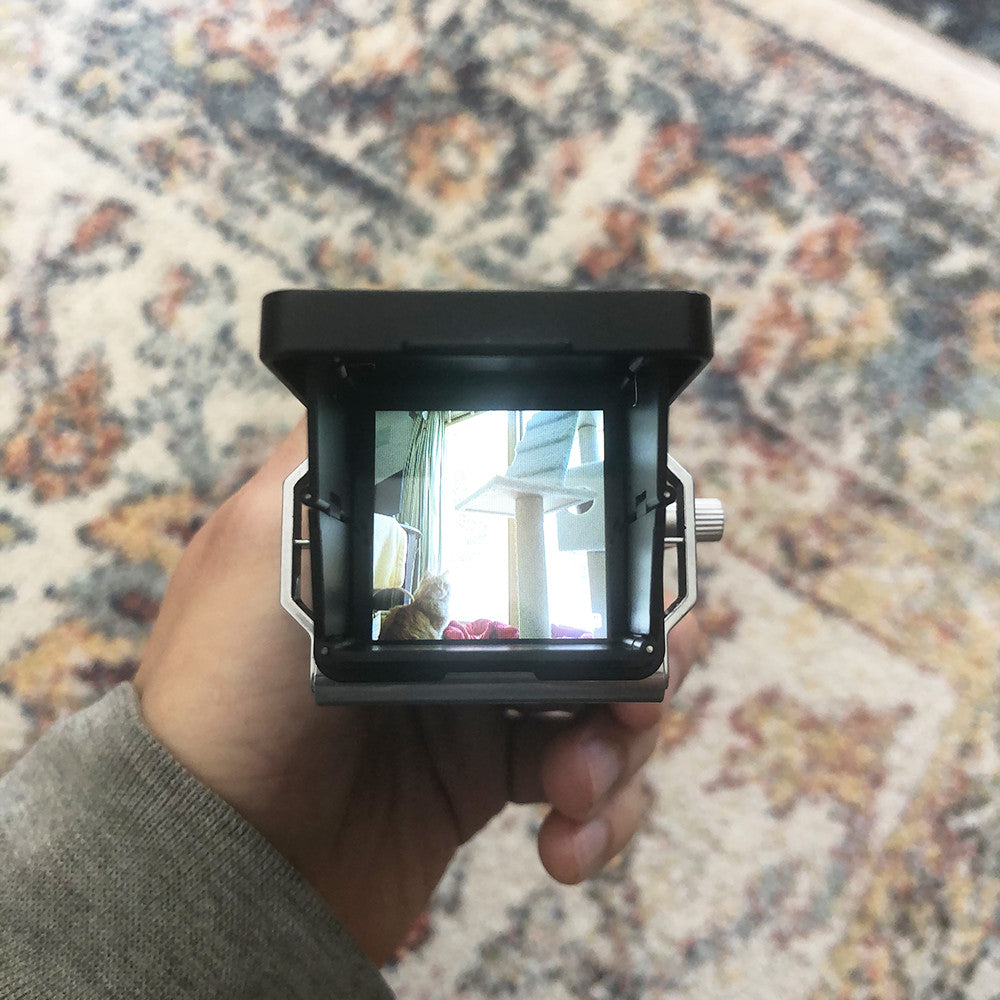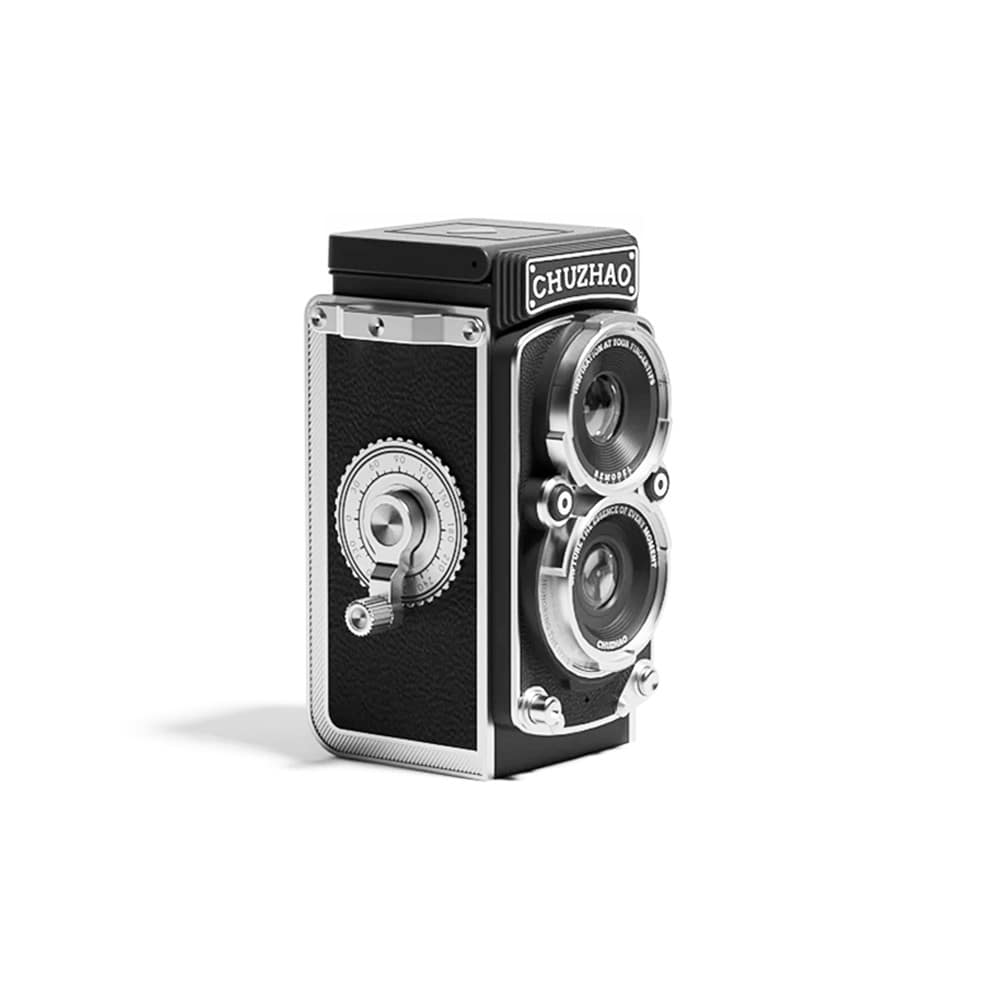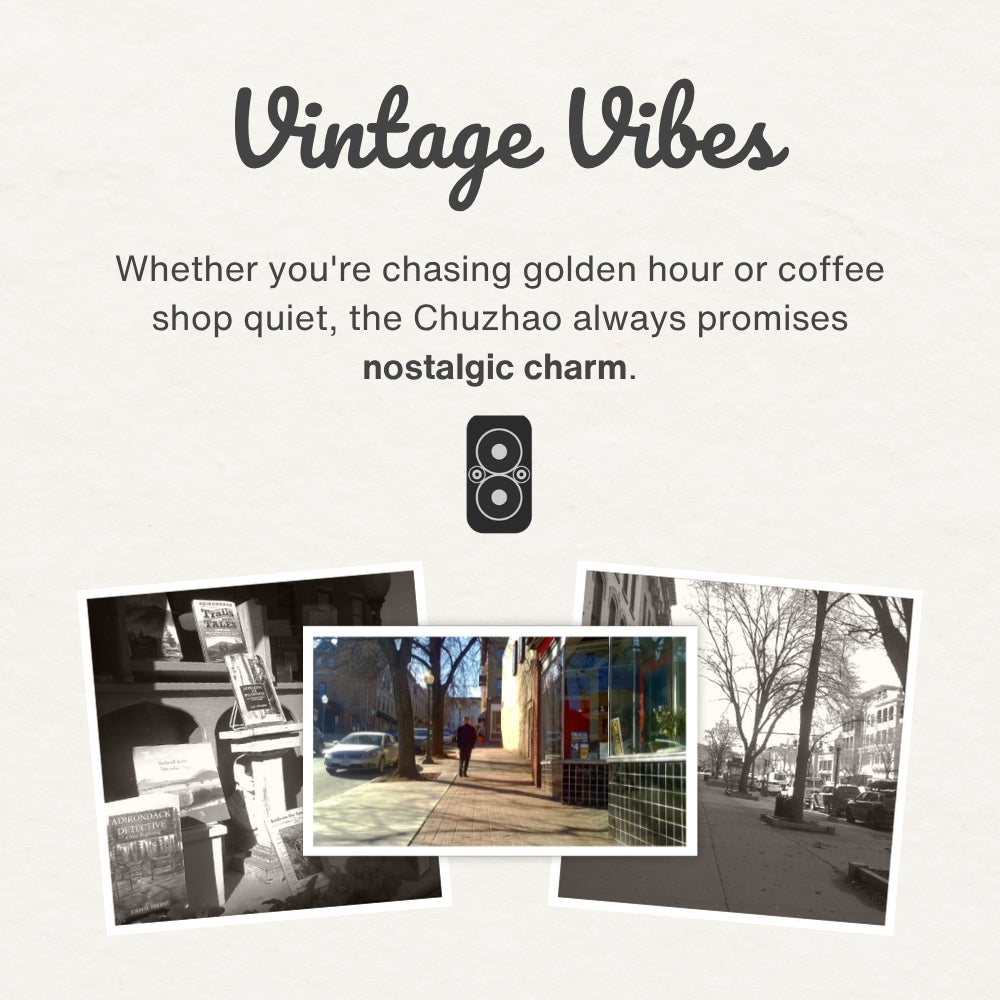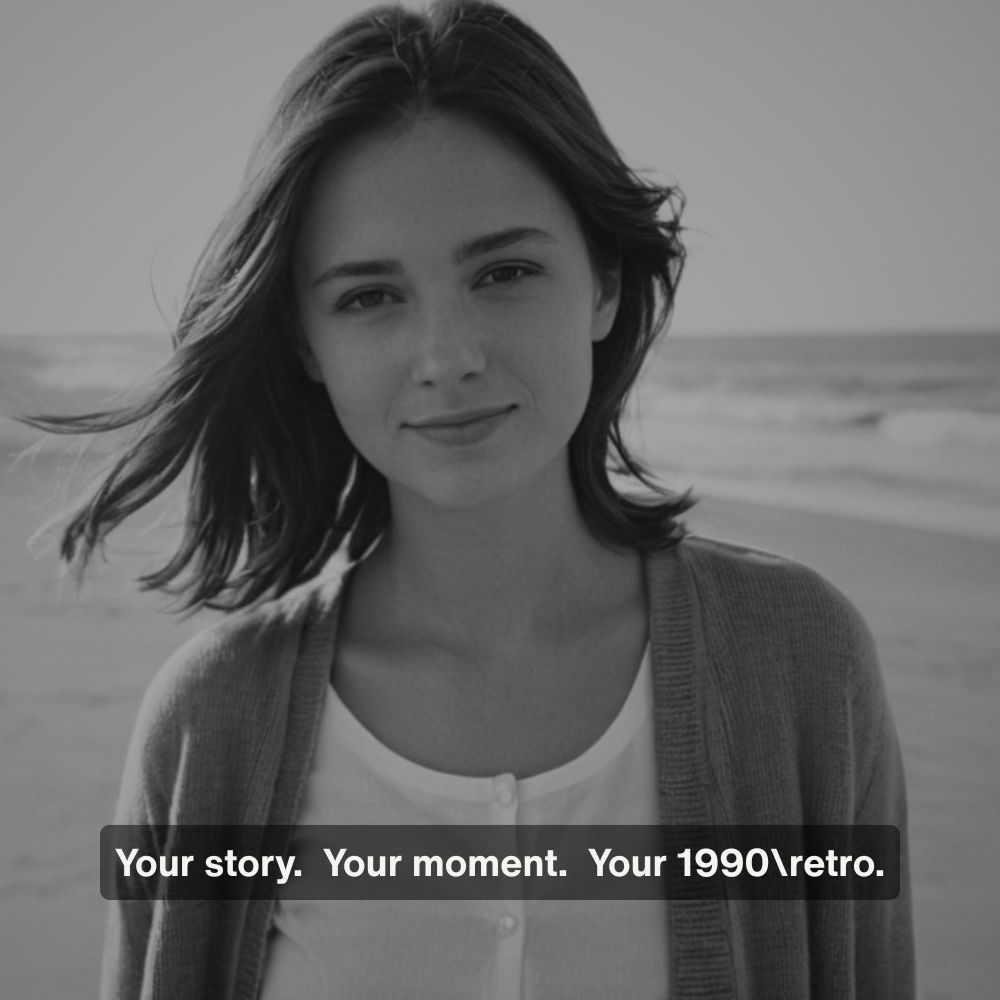Introduction
In this interview, we delve into a profoundly personal and raw journey of survival, resilience, and self-discovery. Our speaker is a university girl from San Francisco, Sammie, who has harnessed the power of travel and photography as more than just a creative outlet—it has become a lifeline in their ongoing battle with borderline personality disorder (BPD).
This conversation is not only about art, but about the intersection of mental health and expression, shedding light on the therapeutic nature of photography in navigating the emotional chaos that BPD often brings. Their story is a testament to the power of creativity in transforming pain into purpose, reminding us of the importance of vulnerability, connection, and finding beauty even in the darkest moments. This interview is both a window into the complexities of living with BPD and a powerful example of how art can save lives.

The Personal Journey
1990: Can you share how you first became interested in photography and how it became part of your coping strategy for BPD?
Photography found me when I felt lost. I won't TMI you, but I wound up in a relationship that basically went to Hell. Taking pics was a way for me to make sense of my world when everything felt too... just too much. My emotions are often so overwhelming, and I needed something to anchor me. I know that sounds corny. But taking pics of stuff became that anchor. It helps me focus on what's right in front of me. It gives me a moment of peace when my mind feels like... like this TORNADO OF BLAHH! Idk how else to describe it.
1990: How does photography help you manage your emotions, particularly the intense ones associated with BPD?
It's weird, but when I hold a camera, it feels like I'm in control for once. For ONCE. With BPD, my emotions can get so intense that they feel like they’re swallowing me whole. Capturing a moment through a lens is like pressing pause on those emotions..even if just for a second. Photography gives me a safe space to express what I can’t always put into words. But let's get one thing straight: I am noooo photographer Lol. I'm just someone who likes taking pictures.
1990: Do you find that the act of capturing moments through a lens provides you with a sense of stability or grounding during emotional fluctuations?
Yeah. Absolutely. When I'm all over the place, focusing my camera lens forces me to ground myself in the present. It’s almost...meditative? I think that's the word I'm looking for. The world might feel like it’s spinning, but through the viewfinder, I can slow things down. That sense of stability is everything to me.
1990: How does traveling influence your mental health and your ability to cope with the challenges of BPD?
It gives me the freedom I need. The space to explore without being confined by routine. New places, new faces—everything feels fresh, and that helps me escape the emotional ruts I sometimes fall into. When I'm away from everything familiar, I feel lighter, like the baggage I carry from BPD can stay behind, even if only temporarily. It didn't used to be like that, though. It took a lot of work to get there.
1990: Has photography given you a new perspective on your experiences, and if so, how?
Yes, definitely. Photography has changed how I see myself and the world. And how I see myself IN the world. There’s something incredibly powerful about documenting moments—whether they’re beautiful, sad, or mundane (my best friend taught me that word Lol). It reminds me that life is full of complexity, and that’s okay. Looking back at my photos, I see growth, resilience, and vulnerability. It’s my own visual diary of healing.
1990: Can you describe a specific instance where photography or traveling helped you through a particularly difficult emotional time?
This was some time ago, but I remember it like it happened yesterday. I was in Walmart, and just feeling super overwhelmed with emotion. Everything felt too much—too loud, too bright, too fast. And I was alone. When there's no one there, it feels like I'm suffocating in silence.. like all the ghosts from my past come back to remind me of what I’ve lost. I can’t escape them when it’s just me and the darkness. But then I saw this employee chick leaning against an aisle, just... not working and staring at her phone. I took a picture of her. It sounds simple, but in that moment, I felt connected to something outside of my own head. It shook me out of my funk and gave me clarity.

The Creative Process
1990: What inspires you when you're on the road taking photographs? Are there particular themes or subjects you’re drawn to?
I’m drawn to the unnoticed. The cracks in a wall. The sun-faded stickers on a crosswalk button pole. The light playing off a rainy street. I think I’m drawn to things that reflect how I feel inside- those quiet, in-between moments. I want to capture the spectacular in the things people overlook, just like how I feel overlooked sometimes. It’s a way of saying, Look, this matters too.
1990: How does your mood or emotional state at the time influence your choice of subject matter or the way you compose a shot?
My emotions absolutely influence my photography. If I feel like shit, my shots tend to be darker, more somber. When I’m in a better place, I find myself drawn to bright colors or expansive landscapes. Photography is an extension of my emotional state. Sometimes, when I look back at my photos, I can tell exactly how I was feeling. Even if I couldn’t express it at the time.
1990: Do you find that the destinations you choose to visit align with or counteract your emotional state?
Both, for sure. Sometimes I seek out places that reflect my mood—quiet, melancholic places where I can just exist in my feelings. Then other times, I crave the opposite. When I’m in a dark spot, I’ll try to go somewhere bright and alive, hoping it will pull me out of my own head. I've learned that my destination is a reflection of what I need emotionally in that moment.
1990: How do you balance the spontaneity of travel with the structured process of capturing quality photos?
It’s a delicate balance lol. There's times when I feel like wandering without purpose, and then I have to remind myself that I’m there to create, not just escape. But photography allows for flexibility. Some of my best shots have come from moments of spontaneity. Where I wasn’t planning, but just let myself be in the moment.
1990: Do you have a particular ritual or process when you're preparing for a new photography trip, especially considering your mental health needs?
Before I travel, I always give myself time to check in emotionally. BPD can make things unpredictable, so I try to prepare for that. I pack a journal, my camera gear, and leave room in my schedule for downtime, knowing that I might need space to breathe. For me, it's about approaching each trip with an open mind and compassion for whatever emotional state I’m in.
1990: How does the process of photo-journaling contribute to your self-reflection and emotional regulation?
It's like having a conversation with myself. It forces me to stop, reflect, and process what I’m feeling. When I write alongside the photos, I’m able to see patterns in my emotions, and that helps me understand myself better. It’s a way to track my mental health journey, and it gives me clarity that I sometimes lack in the moment.

Managing BPD through Art
1990: How do you handle moments of self-doubt or emotional dysregulation when you're in a new environment for a photography project?
It happens more often than I’d like to admit. There have been times when I’ve been mid-shoot, and suddenly, I’m overwhelmed by a wave, out of nowhere. In those moments, I put down the camera, take a few deep breaths, and give myself permission to feel whatever I’m feeling. Sometimes I’ll journal, sometimes I’ll just sit and observe. The key for me is not to fight it but to let it pass.
1990: Do you find that photography acts as a form of mindfulness, helping you stay present? Can you talk about how that affects your BPD symptoms?
Yes, exactly. When I’m shooting, I’m fully immersed in the present moment, which helps me shut out all the noise. My mind can be a chaotic place, but photography forces me to focus on the here and now. It’s like a form of meditation...and in those moments, I feel calm. I feel connected.
1990: Has your experience of traveling and taking photos helped you better understand and manage relationships, a challenge often associated with BPD?
They've taught me SO much about relationships. Mine were always incredibly intense... the fear of being abandoned...the fear of being forgotten... of being rejected. But when I’m on the road, interacting with people from different cultures, it’s a reminder that not every connection has to be permanent to be meaningful. It’s helped me let go of the fear of losing people and just appreciate the moments I have with them. It's something I work on every single day.
1990: What role does solitude or independence play in your creative process, and how do you navigate the emotional highs and lows during solo travel?
Being alone is a blessing and a challenge for me. On one hand, I need it to recharge and reflect, but on the other, it can sometimes amplify feelings of loneliness. When I travel solo, I’m forced to confront those feelings head-on. It’s hard, but it’s also empowering. I’ve learned that being alone doesn’t mean being lonely, and photography helps me feel connected to the world, even when I’m physically by myself.
1990: Do you find that reviewing and editing your photos after a trip brings up different emotions or insights compared to when you’re taking the photos?
Editing is an emotional process for me. Sometimes, when I revisit the photos, all the emotions I felt in that moment come flooding back. But it also gives me perspective. Looking at those photos from a distance allows me to see things more clearly, to appreciate the beauty in moments I didn’t recognize at the time. It’s a bittersweet process, but it’s healing in its own way. I hope that with time, it gets easier.
1990: Have you ever had moments where traveling or photography felt too overwhelming due to the emotional intensity of BPD? How did you cope with those experiences?
Haha... you phrase that question like you already know the answer. Yeah. There have been times when traveling was too much—new places, new people, all of it triggering my BPD. In those moments, I try to take things slow, remind myself that it’s okay to not be okay, and find something small and manageable to focus on, like taking photos of my immediate surroundings. Sometimes, even the smallest details can bring comfort when everything else feels too big.

On Growth, Self-Expression
1990: How do you use photography to express emotions that you might struggle to articulate verbally due to BPD?
Photography is my voice when words fail me. There are emotions so deep, so raw, that I can’t even articulate them out loud. But through my photos, I can express that vulnerability. It’s like a window into Me, showing the parts that even I might not fully understand. Photography gives me permission to feel without judgment.
1990: What do you hope others see or understand about you when they view your photographs?
I hope people see honesty in my work. I hope they see the beauty in fragility. The strength in vulnerability. BPD is often misunderstood, and through my photos, I want to show that emotional intensity isn’t something to fear—it’s part of being human. I want others to feel seen, to know that they’re not alone in their struggles.
1990: How has your journey with BPD shaped the way you view beauty or art in the world around you?
It has taught me to see beauty in the little things..the imperfections, the fleeting moments. Cameras let me capture that. In a world that often feels too fast and too harsh, I’m drawn to moments of stillness and quiet beauty. I think my work reflects that search for peace, both within myself and without.
1990: In what ways has your photography evolved as you’ve learned more about yourself and your mental health?
When I first started taking pictures I was trying to escape my emotions. But now, I use photography to engage with them. My work has become more intentional, more reflective of my inner world. As I’ve grown and learned more about myself, my photography has become more authentic, more honest. It’s no longer just about capturing pretty images—it’s about telling a story. MY story.
1990: How does the combination of travel and photography contribute to your sense of identity or self-worth?
They've become integral to my sense of self. They give me purpose and help me feel connected to something bigger than my emotions. Every trip and every photo is a reminder that I'm more than my diagnosis. More than my struggles. It’s a way of reclaiming my identity.. defining myself on my own terms. It's having control.
1990: Do you feel like your photography allows you to create a narrative about your emotional experience with BPD? How does that story unfold through your work?
Without a doubt. It's like a visual narrative of my emotional experience with BPD. There’s a certain fluidity to the story- some days it’s full of light and hope, other days it’s super gloomy. It’s constantly shifting. Through my work, I try to show that there’s beauty in all of it, in the highs and the lows.

Challenges
1990: What are some of the biggest challenges you face as a photographer with BPD, both artistically and mentally?
For me, it's staying grounded when my emotions are all over the place. I’ve never really known what independence feels like. My whole life, someone else has always controlled me—first my mother, then my partner, then the fear. I don’t even know who I am without needing someone else to tell me. Somehow, sometimes even the smallest things feel overwhelming. When I’m on the road, those feelings are amplified. I have to constantly check in with myself, making sure I’m not pushing too hard. But the flip side is that photography also gives me resilience. It reminds me that even in the dark, there’s something worth capturing.
1990: How do you handle feelings of impulsivity or intense emotional reactions while traveling or during a photoshoot?
I try to channel that energy into my photography. I’ll take a deep breath, pick up my camera, and focus on something small and manageable. God knows it's not easy, but photography gives me an outlet for those emotions. A way to express them without letting them take over.
1990: How has your photography helped you build resilience, especially in moments where you’ve felt emotionally overwhelmed?
I've learned it’s not just about capturing beautiful moments—it’s about SHOWING UP, even when it’s hard. There have been times when I didn’t feel like picking up my camera, when everything felt too heavy. But I did it anyway, and each time, I’m reminded of how strong I am. How strong I've become.
1990: Are there any misconceptions about BPD that you hope to challenge through your art?
There’s a lot of misunderstanding about BPD.. people think it’s all drama or chaos. Through my art, I want to show that there’s so much more to it. Like yeah, BPD can be intense, but there’s also a beauty in it. I want to challenge the stigma and show that people with BPD are capable of incredible depth, empathy, and creativity.
1990: How do you maintain a balance between using photography as a creative outlet and making sure it doesn’t become overwhelming or emotionally taxing?
Finding balance is always a constant challenge. There are days when photography feels like a lifeline, and other days when it feels like pressure. I have to remind myself that it’s okay to take breaks, to not push myself too hard. For me, photography is a tool for healing. But I have to be mindful of not letting it become another source of stress.
1990: What advice would you give to other budding photographers who may also struggle with BPD or other mental health challenges?
Use photography as a way to express yourself, without worrying about perfection. You'll never be perfect. Let it be a form of therapy, a way to process emotions. And be gentle with yourself...living with BPD is hard, but art gives us a way to make sense of it all. It’s not about creating perfect images, it’s about capturing what feels real.

Beyond the Horizon
1990: How do you see your photography and your relationship with travel evolving in the future as you continue to manage BPD?
I hope my photography will evolve alongside me on this path. I see it becoming more introspective, more intentional. I want to keep exploring new places, but I also want to go deeper into my own emotional landscape. My goal is to use my art as a way to connect with others who are also navigating their mental health journeys.
1990: Do you have any upcoming projects or destinations you're excited about, and how do you anticipate they will impact your mental health or creative growth?
I've always wanted to go to Southeast Asia. I feel drawn to the landscapes there—the colors, the culture. I know it will be challenging, but I also think it will push me in new directions, both creatively and emotionally. I’m hoping that by immersing myself in a new environment, I’ll continue to grow, both as a photographer and as someone living with BPD. (Also, the FOOD.)
1990: How do you integrate lessons learned from your photography and travel experiences into your day-to-day life when you're not on the road?
Traveling and photography have taught me SO many lessons. I’ve learned to be more present, more patient with myself. When I’m not traveling, I remind myself to appreciate the ordinary, to capture moments of peace even in my day-to-day routine. It’s a way of staying connected to that sense of freedom, even when I’m home.
1990: What are your long-term goals as both a photographer and someone living with BPD? How do you envision merging those two aspects of your life?
I want to use my photography to raise awareness about mental health, especially BPD. I want to show the world that living with BPD doesn’t mean you’re undone. Through my work, I want to inspire others to embrace their emotional depth and see it as a source of strength. My goal is to continue telling my story, but also to create space for others to share theirs.
1990: How do you hope your work will inspire or resonate with others, especially those who may be struggling with similar mental health challenges?
I hope my work resonates with people who are struggling. Who feel like they don’t belong or that their emotions are too much. I want them to see that they’re not alone. If I can inspire even one person to pick up a camera and express themselves, to feel seen and understood, then I’ve done my job.
1990: And lastly, if you don't mind sharing, is there a particular photograph you've taken that stands out among your personal favorites?

Just because it's broken, doesn't mean it's worthless.
Thanks for the camera.
-Sammie🤍
____________
Do you have a story to tell? For information on how to publish your 1990\retro journey on our website, reach out to us at: submissions@1990retro.com.












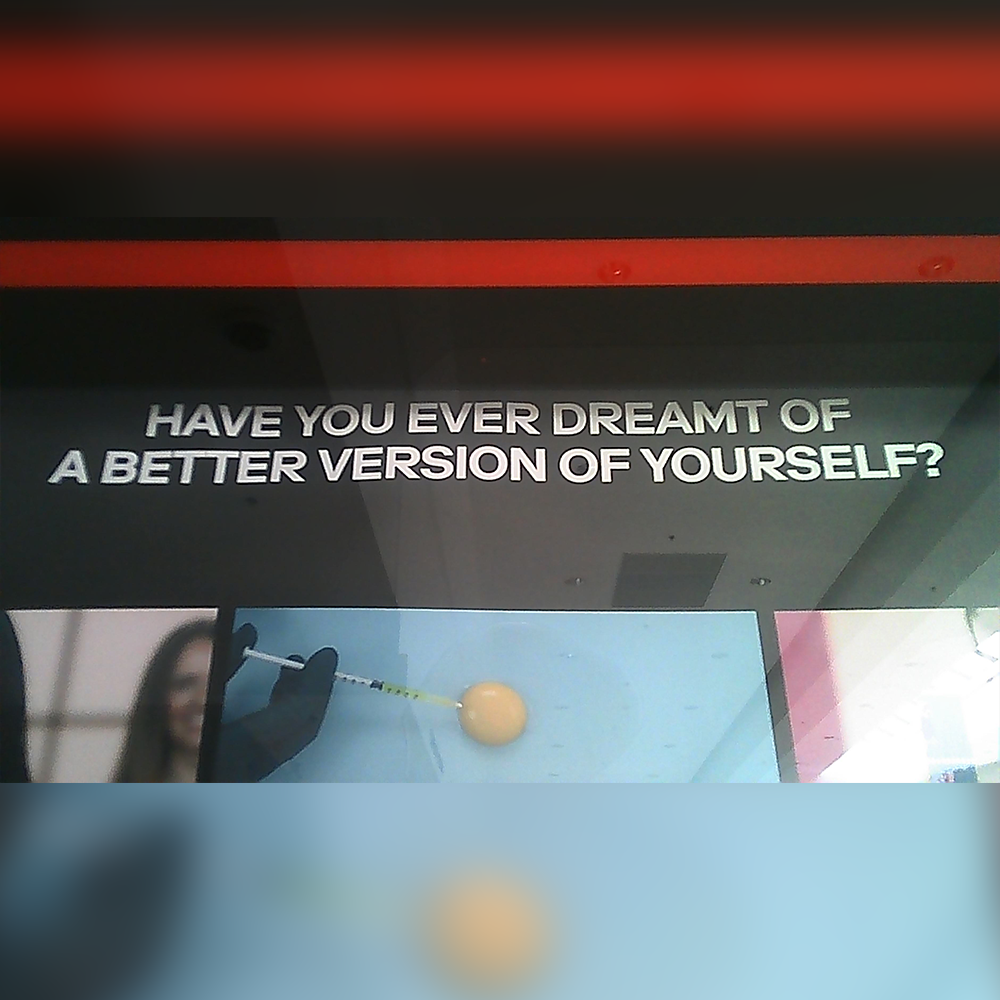
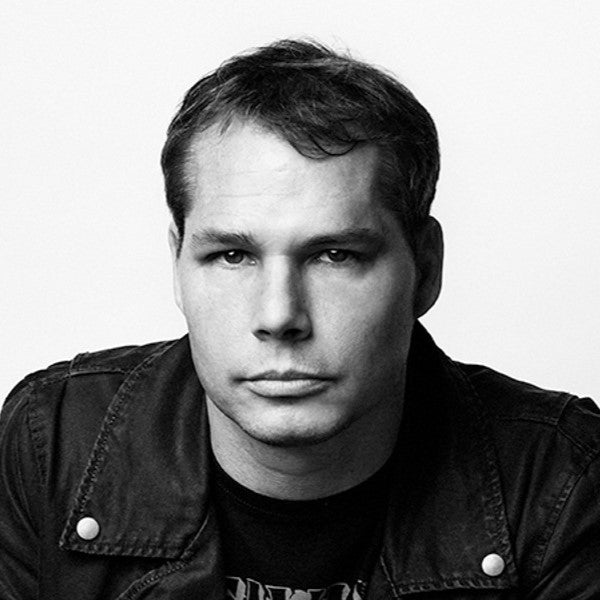

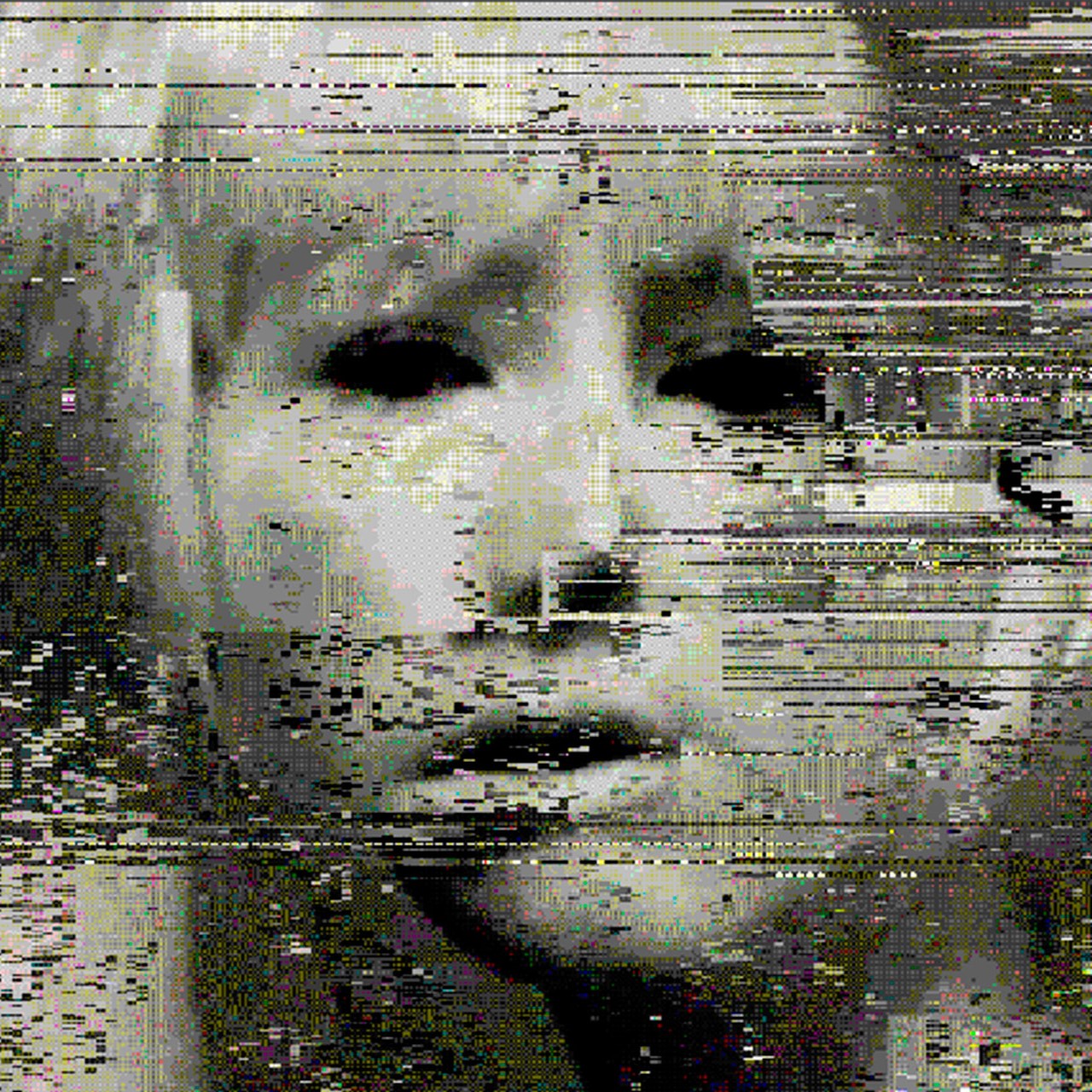
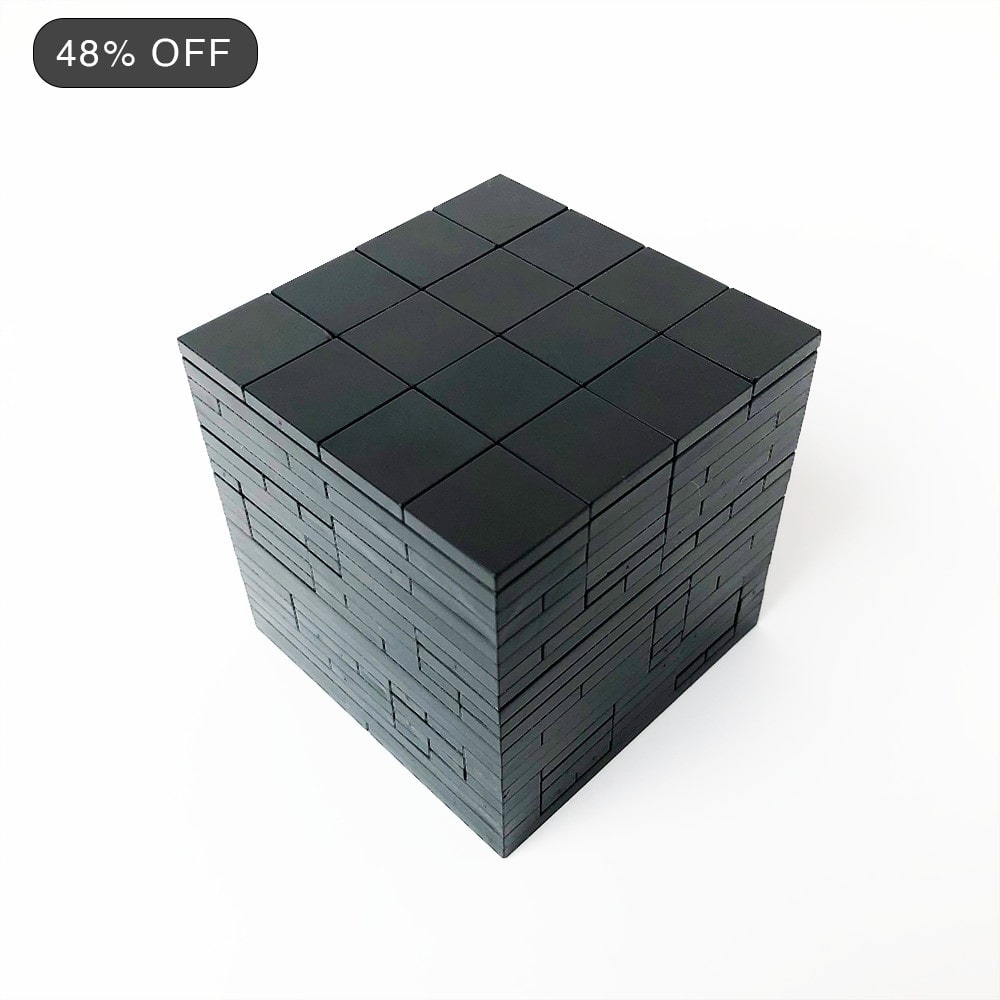
![Nocturne Box [LIMITED EDITION]](http://1990retro.com/cdn/shop/files/blackCube_freeDL_patronusReading_FREEDL_1000x1000px-min.jpg?v=1763408107&width=1000)
![Nocturne Box [LIMITED EDITION]](http://1990retro.com/cdn/shop/files/blackCube_productImg_2_1000x1000px-min.jpg?v=1763408107&width=1000)
![Nocturne Box [LIMITED EDITION]](http://1990retro.com/cdn/shop/files/blackCube_productImg_3_1000x1000px-min.jpg?v=1763408107&width=1000)
